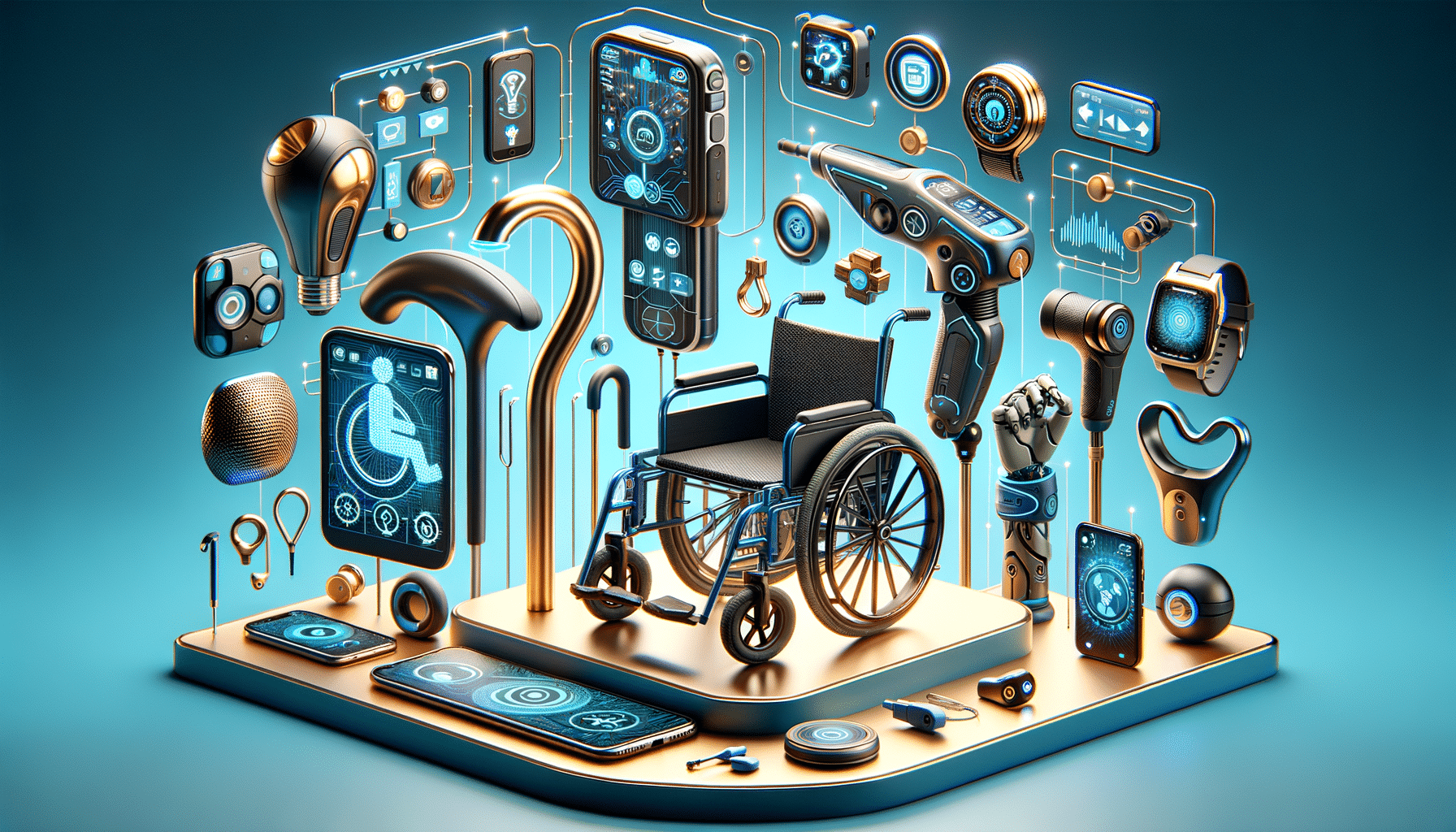
How Smart Mobility Aids Are Changing the Way We Live
Introduction to Smart Mobility Aids
In recent years, smart mobility aids have emerged as a transformative force in enhancing the quality of life for individuals with mobility challenges. These innovative tools integrate technology with traditional mobility devices, offering unprecedented levels of support, independence, and convenience. As the global population ages and the demand for accessible solutions rises, smart mobility aids are playing a crucial role in addressing these needs. From smart wheelchairs to intelligent walking sticks, these devices are designed to cater to a wide range of requirements, ensuring that mobility is no longer a barrier to leading a fulfilling life.
Technological Innovations in Mobility Aids
Smart mobility aids are characterized by their incorporation of cutting-edge technology to enhance functionality. For instance, many modern wheelchairs are equipped with GPS tracking systems, allowing caregivers to monitor the user’s location in real-time. This not only enhances safety but also provides peace of mind for family members. Additionally, some devices feature sensors that can detect obstacles and automatically adjust their path to avoid collisions. This level of automation is particularly beneficial for individuals with limited motor skills, as it reduces the need for manual operation.
Another significant advancement is the integration of artificial intelligence (AI) in mobility aids. AI-powered devices can learn and adapt to the user’s habits and preferences, offering personalized assistance. For example, a smart cane might analyze the user’s gait and provide feedback to improve balance and stability. These technological innovations are not only improving the usability of mobility aids but also making them more accessible to a broader audience.
The Impact on Daily Life
The introduction of smart mobility aids has had a profound impact on the daily lives of users. For many, these devices offer a newfound sense of independence, allowing them to perform tasks that were previously challenging or impossible. With features like voice control, users can easily operate their mobility aids without the need for physical exertion. This is particularly beneficial for individuals with limited upper body strength or dexterity.
Moreover, smart mobility aids are designed with comfort in mind. Many devices come with adjustable settings that allow users to customize their experience, ensuring that they remain comfortable throughout the day. This focus on user-centric design is a testament to the industry’s commitment to improving the quality of life for individuals with mobility challenges.
- Enhanced independence and autonomy
- Improved safety and security
- Greater comfort and customization options
Challenges and Considerations
Despite their numerous benefits, smart mobility aids are not without challenges. One of the primary concerns is the cost. The integration of advanced technology often results in higher prices, making these devices less accessible to some individuals. Additionally, there is a learning curve associated with using smart mobility aids, particularly for older adults who may not be as familiar with modern technology.
Another consideration is the need for regular maintenance and updates. As with any technological device, smart mobility aids require periodic servicing to ensure optimal performance. This can be a barrier for users who may not have easy access to service centers or who live in remote areas.
Despite these challenges, the industry is actively working to address these issues by developing more affordable models and offering comprehensive training and support for users.
The Future of Smart Mobility Aids
Looking ahead, the future of smart mobility aids is promising. As technology continues to evolve, we can expect to see even more sophisticated devices that offer enhanced functionality and support. The integration of virtual reality (VR) and augmented reality (AR) could provide users with immersive experiences that further enhance their mobility and independence.
Moreover, collaborations between technology companies and healthcare providers are likely to result in more holistic solutions that address the diverse needs of users. By prioritizing accessibility and user experience, the industry is poised to make significant strides in improving the lives of individuals with mobility challenges.
In conclusion, smart mobility aids are revolutionizing the way we approach mobility and accessibility. By leveraging technology, these devices are empowering individuals to lead more independent and fulfilling lives, making them an invaluable asset in our modern world.

